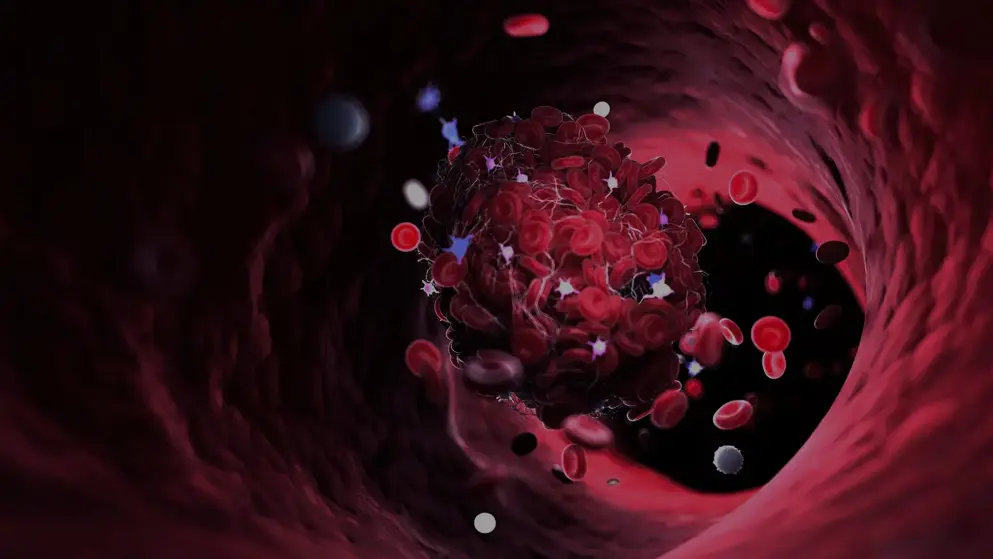
Coagulation and Haemorrhagic Disorders
Coagulation disorders present as abnormal bleeding that may be acquired or inherited. Inherited disorders include haemophilia and von Willebrand disease (VWD) that arise from deficiencies in clotting factor VIII or IX, and platelet dysfunction, respectively.
Acquired coagulation disorders can result from vitamin K deficiency, liver disease, disseminated intravascular coagulation (DIC) and high levels of circulating anticoagulants (including oral vitamin K antagonists and non-vitamin K oral anticoagulants prescribed to patients with diseases such as atrial fibrillation, heart failure, valvular heart disease and venous thromboembolism). Deficiencies in factors that regulate the blood clotting process acquired during bleeding (for example, during trauma, postpartum haemorrhage and cardiac surgery) may also lead to coagulation complications, including factor I (fibrinogen), II (prothrombin), V, VII, X, or XII deficiencies.
Diagnosis of a coagulation disorder varies according to the patient situation. Common tests include prothrombin time (PT), activated partial prothromboplastin time (aPTT) and thrombin time (TT) as well as other targeted diagnostic tests including the Clauss assay, and point-of-care viscoelastic devices such as rotational thromboelastometry (ROTEM) and thromboelastography (TEG) that assess blood clotting ability and fibrinogen function. Treatment varies according to the cause of bleeding and may include factor r
Industry-sponsored resources
of interest
are looking at
saved
next event


